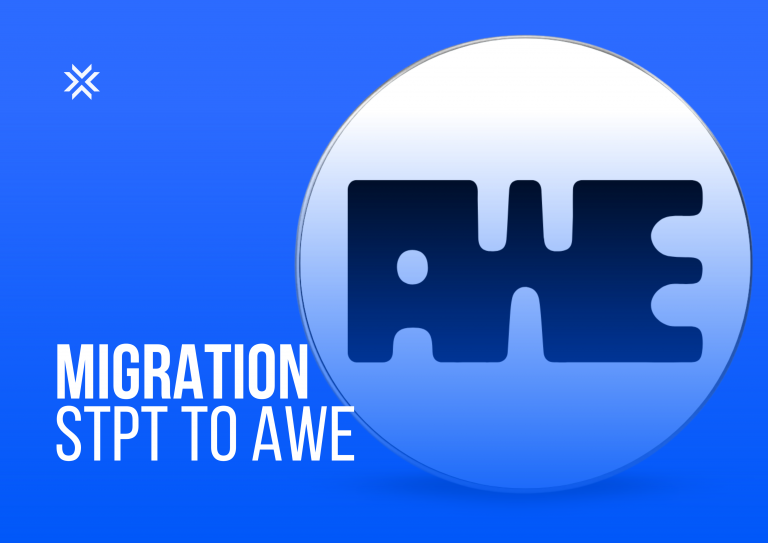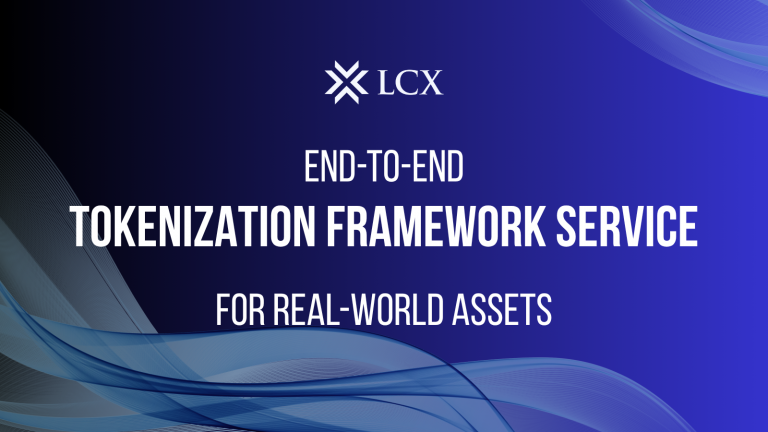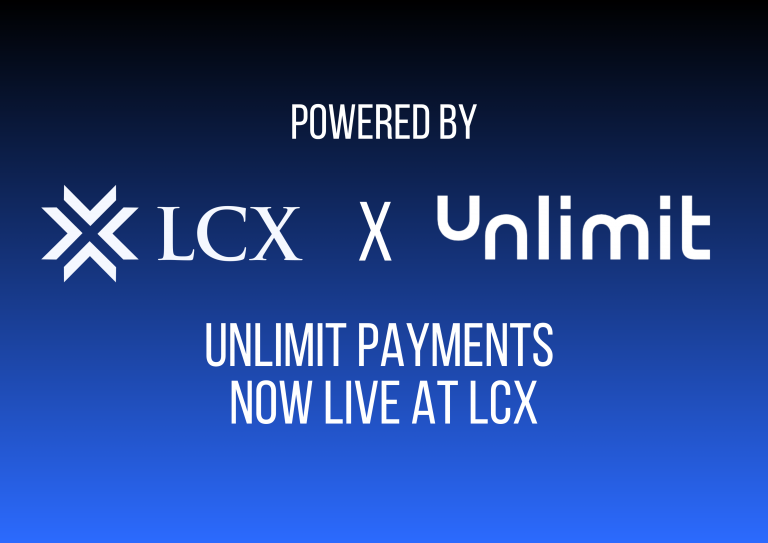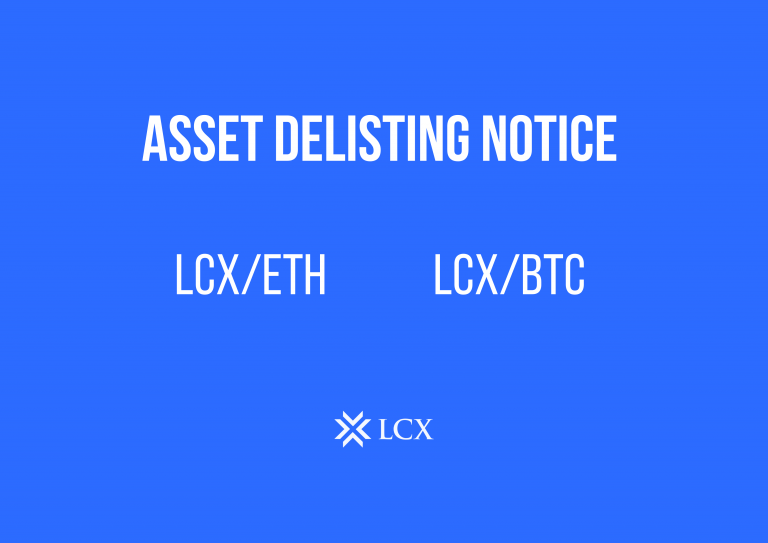Liechtenstein has introduced a new legal framework called the Token and Trusted Technology Service Provider Act (Officially: Token- und VT-Dienstleister-Gesetz; TVTG) also known as the Blockchain Act. The regulatory framework enables a technologically neutral token definition building the foundation for a tokenized economy. The new laws bridge the gap between the digital and the physical world and define key roles along the value chain of tokenization. While the new legislation has been implemented, there is a need for a new security token standard to implement compliance and regulatory requirements directly on technology and on the token level.
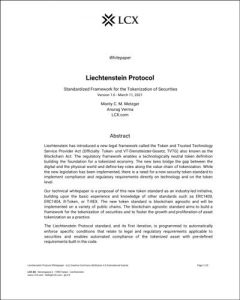 Our technical whitepaper is a proposal of this new token standard as an industry-led initiative, building upon the basic experience and knowledge of other standards such as ERC1400, ERC1404, R-Token , or T-REX.
Our technical whitepaper is a proposal of this new token standard as an industry-led initiative, building upon the basic experience and knowledge of other standards such as ERC1400, ERC1404, R-Token , or T-REX.
The new token standard is blockchain agnostic and will be implemented on a variety of public chains. The blockchain agnostic standard aims to build a framework for the tokenization of securities and to foster the growth and proliferation of asset tokenization as a practice.
The Liechtenstein Protocol standard, and its first iteration, is programmed to automatically enforce specific conditions that relate to legal and regulatory requirements applicable to securities and enables automated compliance of the tokenized asset with pre-defined requirements built in the code.
The Liechtenstein Protocol – a new standard for digital securities enabling on-chain and on-token-level compliance.
In summary, The Liechtenstein Protocol enables key elements for digital securities:
- Compliance: Fulfilling the compliance, regulatory and technology requirements to enable security token offerings at LCX platform, partners and other third parties.
- Tokenization: Creating a digital representative of financial instruments on the blockchain.
- On-Chain Asset Management: Management of the tokenized digital asset on token level and on the blockchain. The functionalities of this feature are inclusive of Issuance, timelocking, burning and transaction monitoring.
- On-Chain Identity: Single KYC and identity management on the blockchain.
- Real-Time Cap-Table: Enabling a real-time Token Holder Registry listing all holders of the digital security.
The Liechtenstein Protocol is the first step to create a decentralized compliance protocol for security-tokens. It offers solutions to current challenges blocking the growth of digital securities. This new security token standard solves how private securities can be issued, transferred and traded in a compliant manner.


